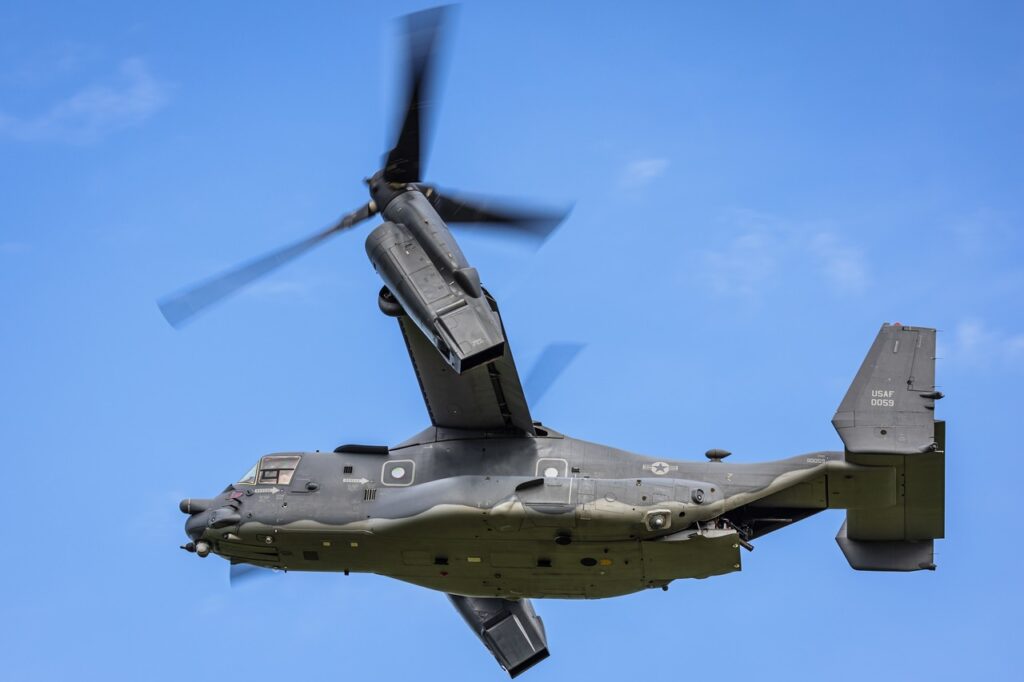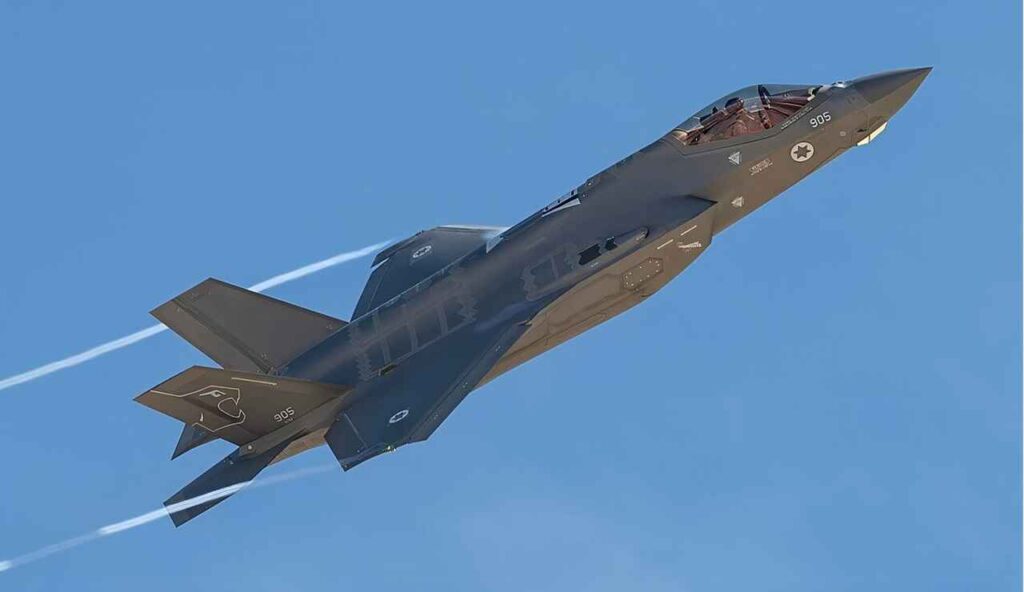
MBT-70: The Army Wanted This Tank to Fight Russia in Europe (It Never Did)
Summary and What You Need to Know: In the 1960s, the U.S. and West Germany collaborated to develop the MBT-70 tank to counter the Soviet threat. Aiming for cutting-edge technology, the tank featured a 152 mm gun/launcher and a hydropneumatic suspension system.

-However, poor coordination between the two nations, differing requirements, and advanced but unproven technologies led to significant budget overruns, with costs ballooning from $200,000 to $1 million per unit.
-The project was canceled in 1971, with West Germany shifting focus to the Leopard 2 and the U.S. developing the M1 Abrams, both of which became iconic tanks still in service today.
MBT-70: How U.S.-German Tank Collaboration Ended in Costly Failure
The Soviet threat loomed large in the middle 20th century, influencing all manner of U.S. and European war planning, including tank development. After all, the Soviets had rolled their tanks across the plains of Eastern Europe, pushing the Nazi invaders back gradually, from Stalingrad and the great tank battle of Kursk, all the way to Berlin.
The open plains of Eastern Europe were well suited for tank warfare – indeed, the geography required armies to rely on tanks and other armored vehicles.
So as America and its allies stared from across the Berlin Wall, anticipating the needs that might arise from a confrontation with the Soviets, tanks were front of mind.
Working Together
In the 1960s, the Americans and their West German allies worked together to develop a new main battle tank known as the MBT-70. The development of the MBT-70 was a direct reaction to the latest generation of Soviet tank development. But the American-West German collaboration was fraught.
The two nations had different visions and different requirements for the finished product. Development proceeded without the misalignments ever being resolved.
The MBT-70 was built to outperform the Soviet tanks of the era. It included futuristic features like a 152 mm XM150 gun/launcher and a hydropneumatics suspension system.
Perhaps the most novel feature of the MBT-70 was the driver-in-turret configuration. Unfortunately, this configuration caused the driver to become disoriented.

The MBT-70 impressed with respect to mobility. The tank was fast and had excellent acceleration, meaning the MBT-70 would, theoretically, be exposed to enemy fire for shorter durations than peer tanks.
Between the poor communication among the Americans and West Germans, and the advanced tech features built into the platform, the MBT-70 didn’t take long to go over budget – not just slightly, but significantly. A tank that was supposed to cost $200,000 per unit came out to $1,000,000 per unit – a 500% increase.
The project was critiqued for being too forward-thinking, for being a Frankenstein of too many novel ideas and unproven technologies – a notion reflected in the ballooning costs.
The budget overruns prompted the West Germans to abandon the project first. The Americans proceeded until 1971, when the program was finally canned. The Americans diverted their MBT-70 budget into the development of the M1 Abrams, a legendary tank that is still serving today. Meanwhile, West Germany set to work on the Leopard 2. Both nations seemed to be better suited for developing tanks independently of one another.

About the Author: Harrison Kass
Harrison Kass is a defense and national security writer with over 1,000 total pieces on issues involving global affairs. An attorney, pilot, guitarist, and minor pro hockey player, Harrison joined the US Air Force as a Pilot Trainee but was medically discharged. Harrison holds a BA from Lake Forest College, a JD from the University of Oregon, and an MA from New York University. Harrison listens to Dokken.
Image Credit: Creative Commons.


